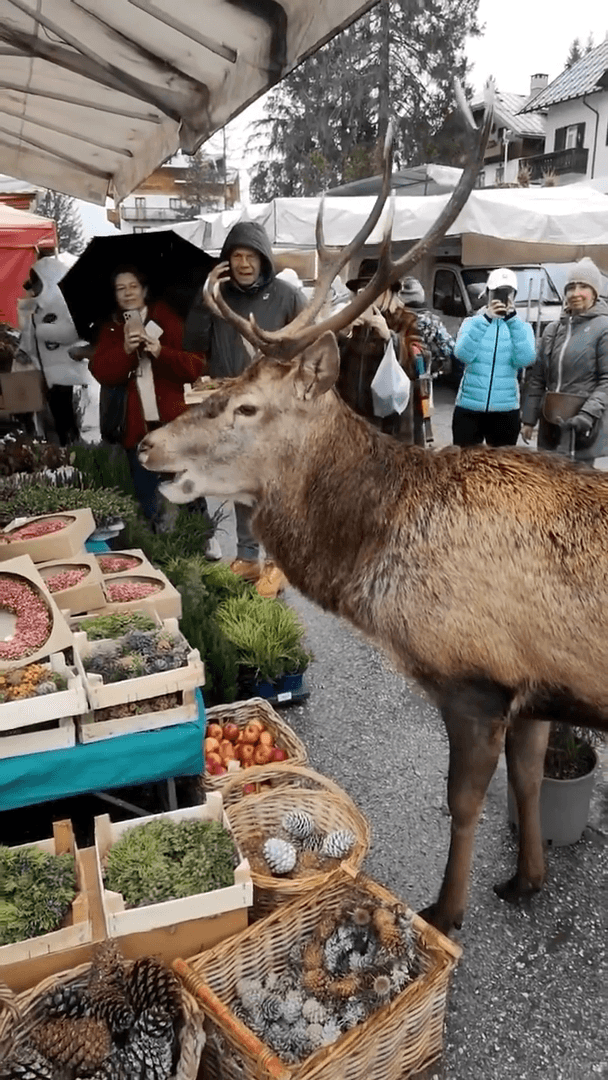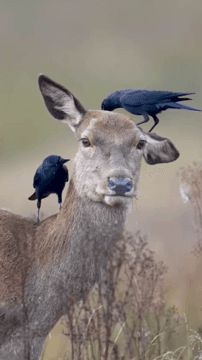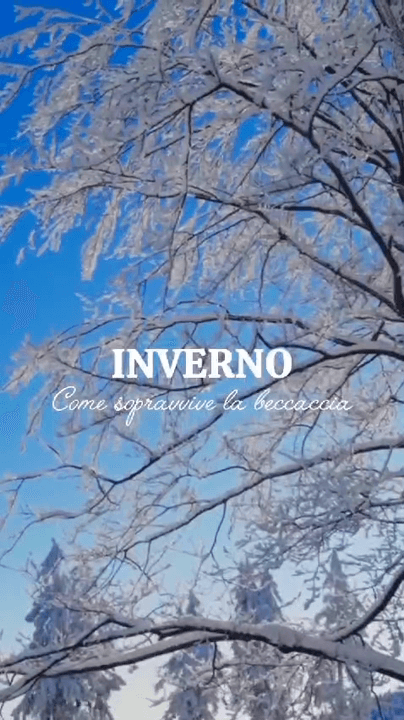
Caccia nelle MARCHE: Tra i Tesori dei Sibillini e il Richiamo del Conero, un’Arte che Sfida il Tempo Caratteristiche geografiche e naturali della regione dal punto di vista venatorio Le Marche, situate nel centro Italia, sono una regione caratterizzata da una grande varietà di paesaggi: montagne, colline e una stretta fascia costiera. Gli Appennini marchigiani offrono habitat ideali per cinghiali, caprioli e lepri, mentre le zone collinari e le pianure sono ricche di fagiani, pernici e volpi. La regione è anche caratterizzata da numerosi corsi d’acqua, come il Metauro e il Tronto, che favoriscono la presenza di uccelli acquatici. Le aree boschive, prevalentemente di querce e faggi, sono particolarmente adatte alla caccia. Demografia dei Cacciatori: Un Focus su Numero, Età, Sesso Nelle Marche, attualmente, il numero dei cacciatori dovrebbe aggirarsi attorno alle 15.000 unità (la scorsa stagione venatoria erano 17.740), praticamente dimezzati rispetto a 20 anni fa, quando erano 26.74
Post: 16 May 08:04
















































